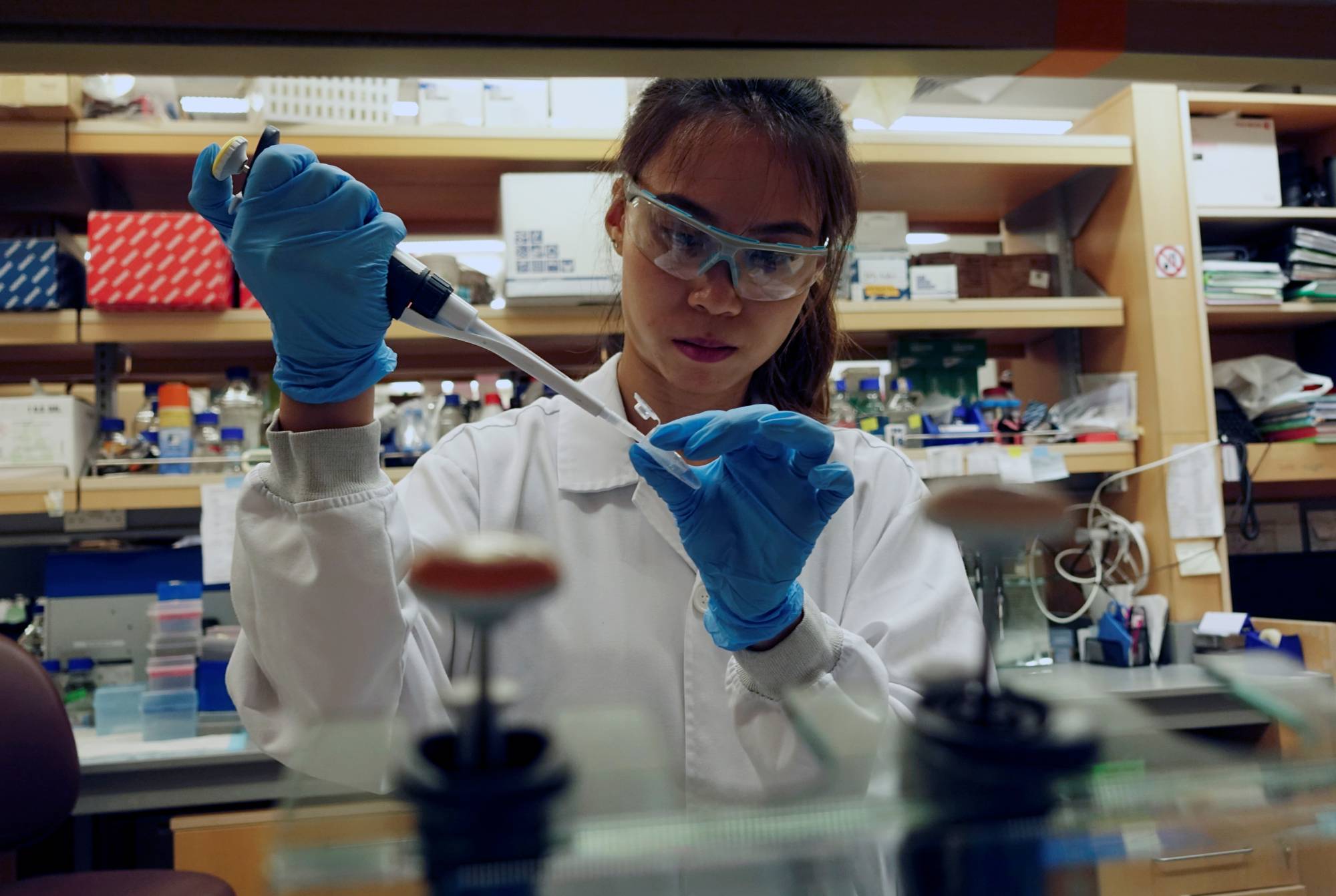From the dawn of Crispr in 2012, medical scientists have recognized the gene-editing tool’s potential to treat, or even cure, genetic diseases.
New data from Intellia Therapeutics is making their hopes more realistic than ever. The company’s Crispr therapy was able to significantly lower patients’ levels of a misfolded liver protein and keep them low for months.
This comes as very good news for many biotech companies racing to develop therapies that stop the human liver from making bad-behaving proteins.



















With your current subscription plan you can comment on stories. However, before writing your first comment, please create a display name in the Profile section of your subscriber account page.